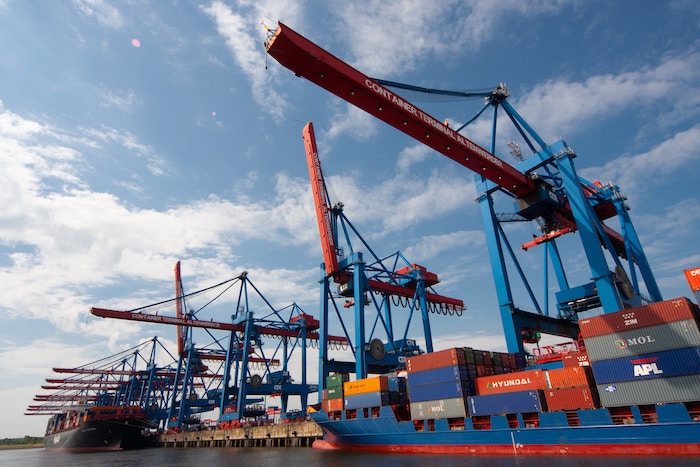
The supply chain is prone to updates due to the new circumstances in the industry. We saw how the pandemic impacted the goods distribution, which caused a series of changes in the shipping industry. 2023 comes with new challenges that the concerned parties must consider to keep up with the dynamic world of e-commerce. Online businesses now have better opportunities thanks to the change to online retailing, consumer confidence, and savings.
The market situation in 2021
Before proceeding to the supply chain challenges in 2023, we should return two years before to understand better. 2020 was a turbulent year, but the supply chain was able to go back on track in 2021. However, fewer interruptions remained in 2021. Both small and big online businesses felt the inconvenience.
From 2021 to 2022, various factors impacted the supply chain. Manufacturing delays, port congestion, and severe weather conditions caused disruptions. We all remember when a ship blocked the Suez Canal and caused massive disruptions in supply. In addition, the new COVID variants and factory shutdowns caused blockages.
While businesses couldn’t influence these factors in any way, they did their best to adapt to the new situation. They found new ways to satisfy customers’ needs and keep their revenue flowing. Some businesses were sailing on backorder, while others switched to domestic instead of international suppliers.
The situation in 2023
The companies went through the 2022 challenges by selling through inventory and focusing on the working capital. They faced stock shortages, backroads, and delays. These challenges will remain in 2023 but might not keep the same intense degree. Last year’s blockages, increased demand for online shopping due to convenience, and increased spending will cause these challenges.
2023 supply chain challenges
Material scarcity will remain to be an issue in 2023. The rapid demand on the market since the pandemic has caused material shortages. With the limited availability of some materials, companies struggle to supply them to meet the high demand. The bike manufacturers lost payment terms due to the blocks with the component suppliers. Furniture manufacturers couldn’t fulfill the orders because of foam shortages.
Another factor that imposes challenges in the supply chain is the increased transportation prices. The rise in demand increased the need for container shipping. The insufficient capacity caused by the shortage of containers caused a spike in prices. Companies can reach out to get truckload shipping quotes to plan their costs.
Port congestion is another problem that slows down the supply chain. This refers to a blockage when the port is at capacity and ships can’t load or unload. The social distancing rules and staff shortage caused jams in busy ports around the world. These circumstances delayed the shipping process, and companies couldn’t meet delivery deadlines.
During the pandemic, consumer behavior changed. Securing a positive customer experience and reducing the delivery time was a top priority for companies. The supply chain should handle the increased number of orders that automation can solve. Inventory management software and multichannel order services are the best solutions to help this problem.
While the supply chain faces many challenges in 2023, digital technologies are promising solutions. They can potentially improve the traditional supply chain and meet the demands. Electric vehicles, drones, robots, and artificial intelligence can be implemented to meet the goals. However, there will still be challenges in the way they’re implemented. Companies must find ways to implement digital technologies that work for their processes and operations.
